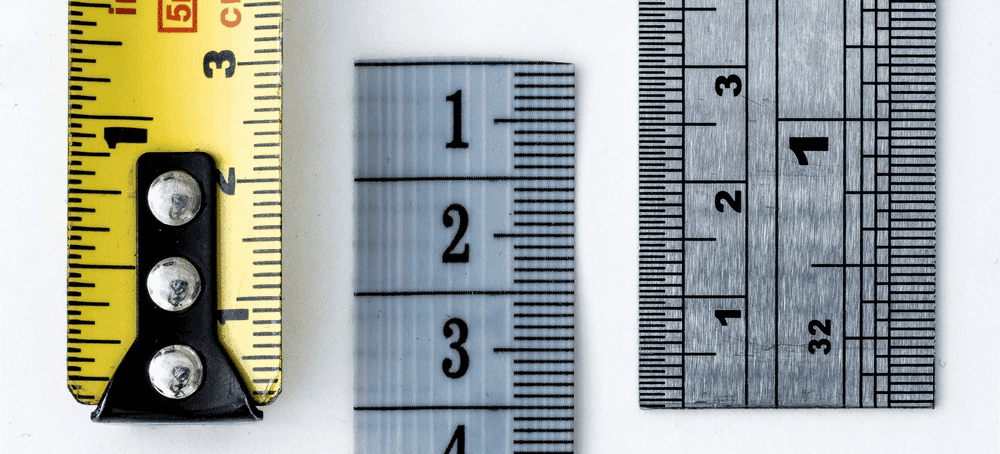
Payment Integrity Barometers of Success
Deeper Dive into The Pulse of Payment Integrity
Foreword
CERIS partners with many health plans and has witnessed the evolution in digital delivery, payment processes and editing and auditing accuracy. As changes continue, the barometers of success will continue to shift but there are some key aspects that should always be included:
Excerpt from Pulse on Payment Integrity:
- Strong leadership and governance:
This is the foundation to establish clear goals, objectives, workplans, and processes and ensures compliance with changing regulations, payment methodologies, and industry standards. - Data-driven approach: Involving advanced analytics and technology, such as machine learning and artificial intelligence, to identify trends, patterns, and anomalies in payment data expedites success.
- Collaboration and coordination: Unification of different departments and stakeholders creates a thriving culture. (i.e., vendors, partners, finance, operations, legal, IT, clinical teams.)
- Continuous Process Improvement: A key component of success that involves regularly reviewing and refining processes to identify and eliminate challenges. Regular monitoring, reporting, and analyzing will create space for innovation, shared ideas, and improvement modeling.
- Provider and member education: Effective education and outreach helps providers and members understand their role in accurate payments for appropriate services.
The top 5 performance metrics used in determining payment integrity success include:
- Error rates: The percentage of claims denied, rejected, or returned with errors.
- Prevention detection rates: Pre-pay activity prevention and associated dollar value.
- Recovery rates: The percentage of overpayments successfully recovered and the dollar value of the recoveries.
- Provider compliance rates: The percentage of providers in compliance with program guidance, rules and regulations.
- Cost savings: Total cost saved as a result of all PI activities.
By focusing on an individualized barometer for success that can be structured to meet your PI needs, impacts on the total cost of care can continue to advance. This article further highlights some of the challenges that payers face managing healthcare payment data points and the importance of measuring cost optimization strategies.
We hope these deeper dives continue to provide tools to help you enhance payment integrity success.